
OR
Public debt approaching half of the country’s GDP is an alarming sign: Lawmakers
Published On: June 29, 2023 08:30 AM NPT By: RAJESH KHANAL
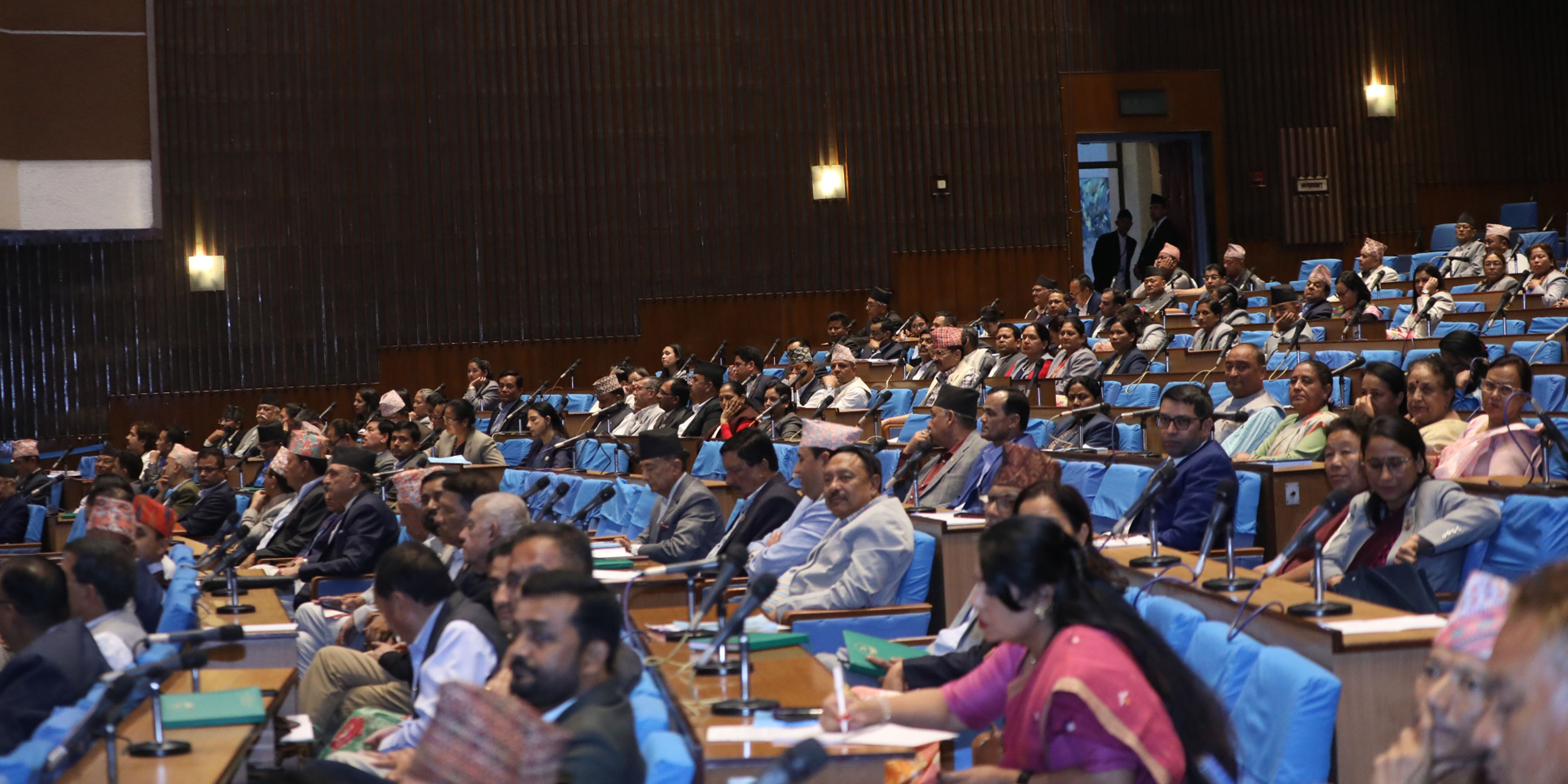
MPs demand for periodic assessment of the uses and productivity yielded from the public debt
KATHMANDU, June 29: Lawmakers have termed the soaring public borrowing as ‘alarming’ for the country, stating that the debt trap is inevitable if the government does not take cautious measures on time.
Speaking at a meeting of the House of Representatives on Wednesday, they demanded the government for prudent use and develop an accountable system for the debt taken by the government. According to them, an assessment of the utilization of the government borrowing and its outcome should be done on a periodic basis.
Lawmaker Swarnim Wagle urged the government to publish a debt sustainability analysis report on a periodic basis. According to him, the ratio of the country’s debt to gross domestic product (GDP) approaching 50 percent is a sign of alarm for a poor country like Nepal.
The records maintained by the Public Debt Management Office (PDMO) show Nepal’s public debt increased to Rs 2.173 trillion as of mid-June this year. The debt to GDP ratio has reached 44.79 percent, up from 22.7 percent as of mid-July 2017.
The previous governments took large amounts of public borrowing mainly for implementation of the federal system, reconstruction of the structures damaged by the 2015 earthquake and to contain coronavirus. Recently, the government has been relying on the borrowed amount due to the low collection of the government revenue against the set target.
The budget for the fiscal year 2023/24 has targeted to collect Rs 453 billion in loans for the next fiscal year. It includes Rs 240 billion in domestic borrowing and Rs 213 billion in external borrowing. Of the amount, Rs 182 billion will be used to pay the interest and principal of the past loans.
“If we do not link the country’s loans to the return, it is certain that the country will face serious financial problems in the future,” Wagle said.
Lawmaker Gokarna Bista demanded the government to maintain a separate unit in the Economic Survey that assesses various aspects of the public debt every year. “It is alarming that the capital expenditure is ever declining, while the budget allocation under the heading of financial management is increasing,” Bista said.
Bista expressed his concern on the declining capital formation despite an increased public debt. As of mid-March this year, Nepal’s fixed capital formation was 25.31 percent when the debt to GDP ratio was 38.7 percent. In 2019/20, the country’s fixed capital formation was 33.82 percent while the debt to GDP ratio was only 27.1 percent.
A falling capital formation with soaring debt to GDP ratio for the low income countries like Nepal is risky for the entire economy, the lawmakers said.
You May Like This
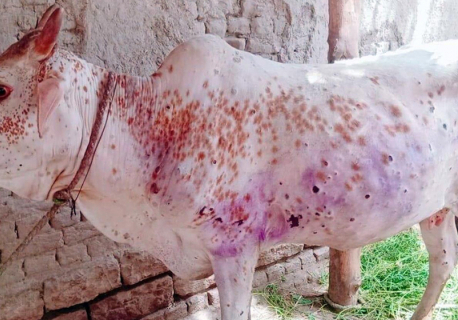
Lawmakers draw government's attention on urgency to control lumpy skin disease
KATHMANDU, July 14: Lawmakers have drawn the attention of the government on various contemporary issues including lumpy skin disease. ... Read More...
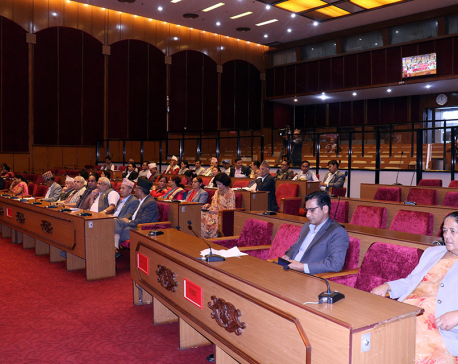
Lawmakers draw government's attention on contemporary issues
KATHMANDU, Aug 23: In a meeting of the National Assembly (NA) today, Upper House member Bhairabh Sundar Shrestha drew the... Read More...
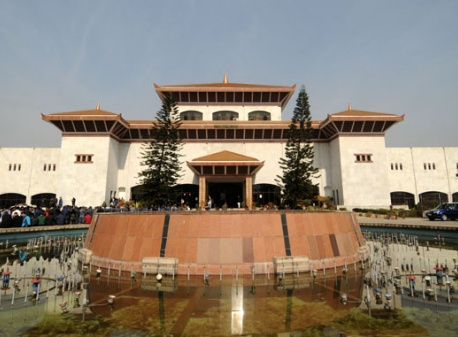
RJP officially withdraws support to govt
Kathmandu, March 10 (RSS): The Rastriya Janata Party (RJP) has officially informed that it withdrew support to the government from... Read More...
_20240508123602.jpg)
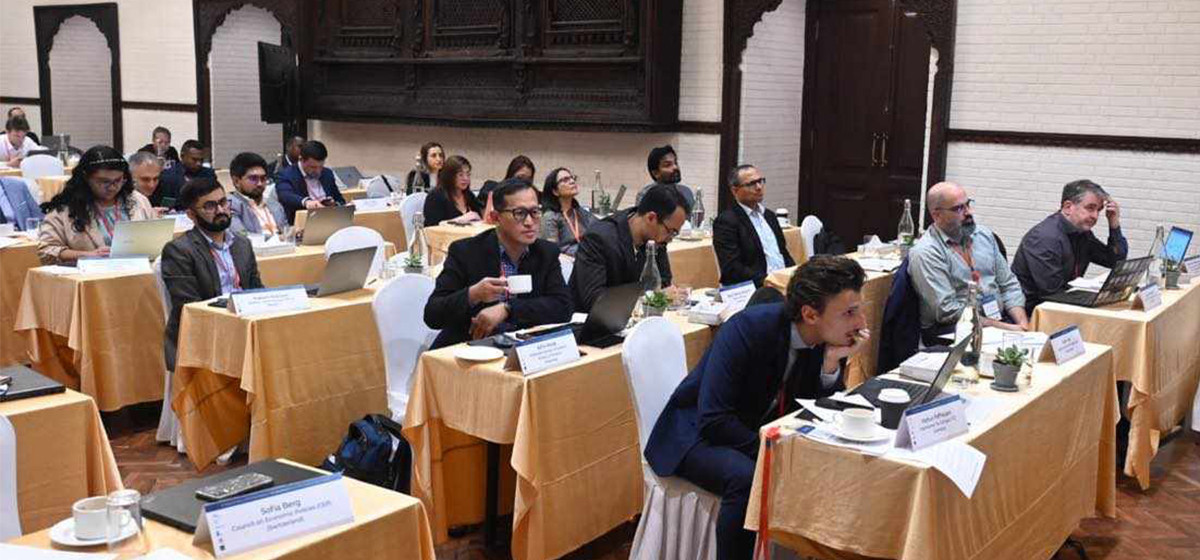
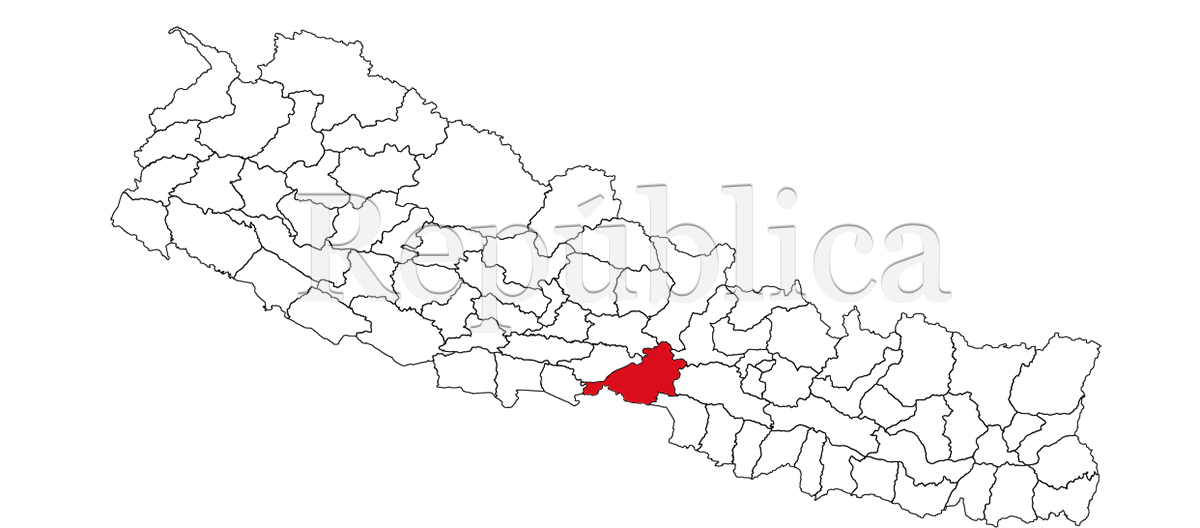
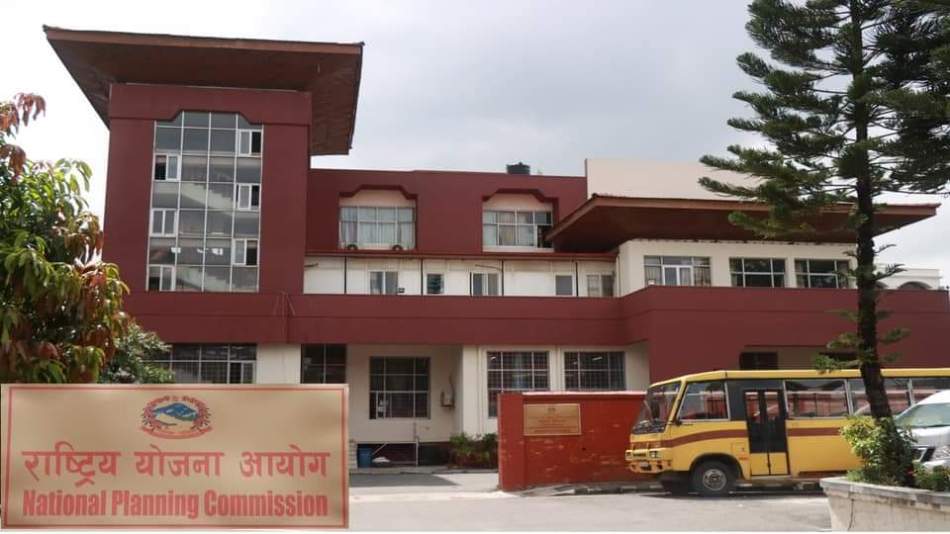


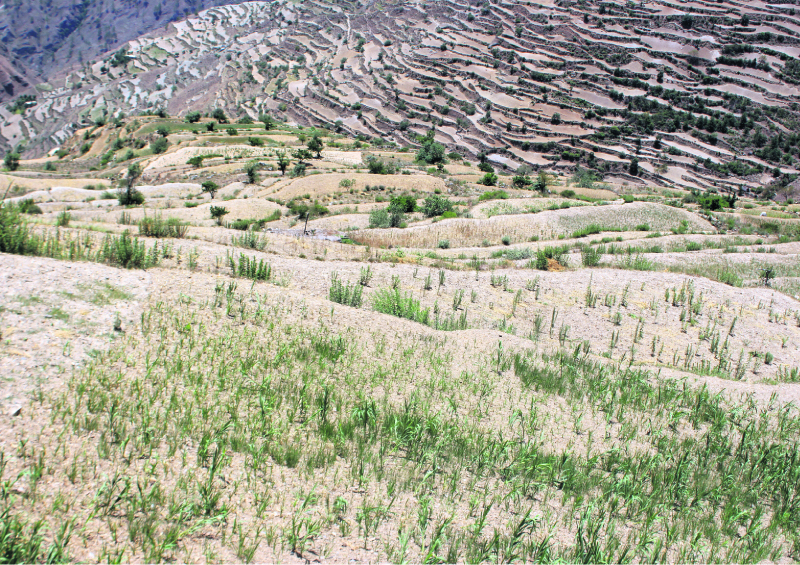
Just In
- Two agrovets sealed in Chitwan amid goat's drive to curb malpractices in pesticides sale
- NPC launches public investment management action plan
- Korea to take Nepali workers for jobs in service sector and forestry: Ambassador Park
- Why do US Firms Invest Less in Nepal?
- Rainfall likely in Koshi, Madhesh, Bagmati, Gandaki and Lumbini provinces today
- 'A number of cooperatives faced financial crisis due to rampant loans to relatives'
- JSP's split threatens political stability
- Drought takes its toll in Humla



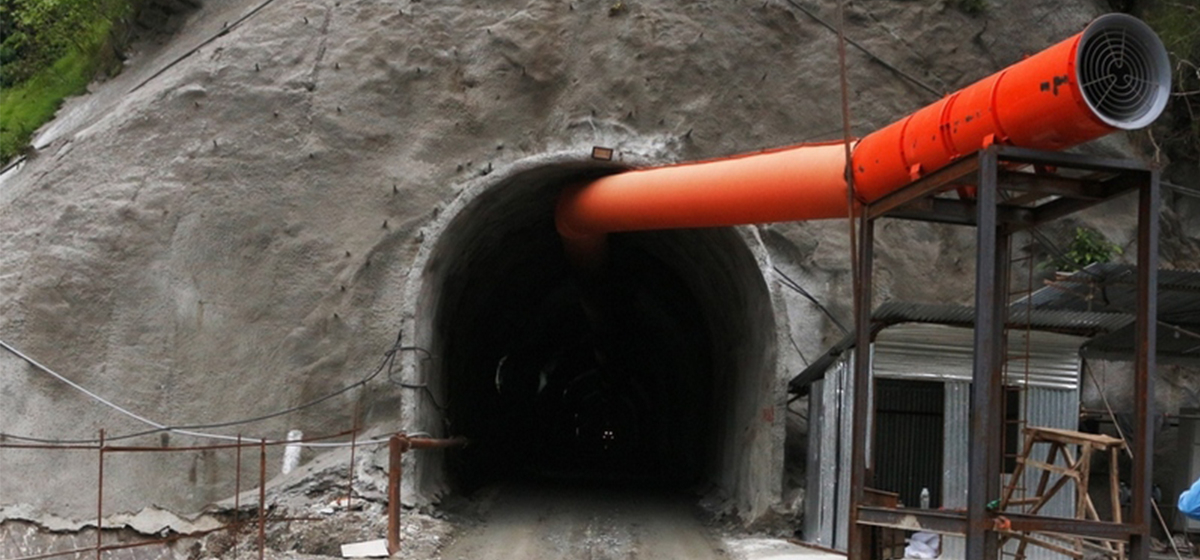
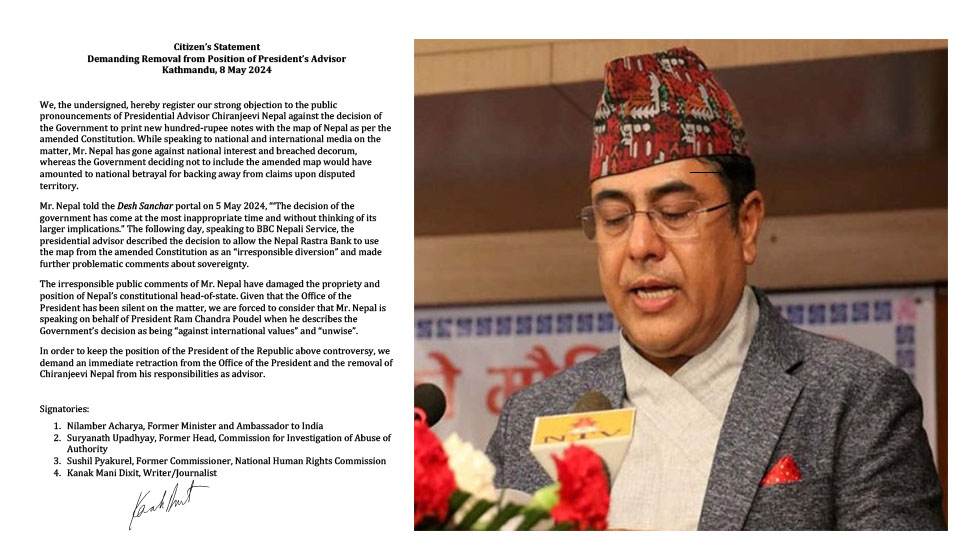

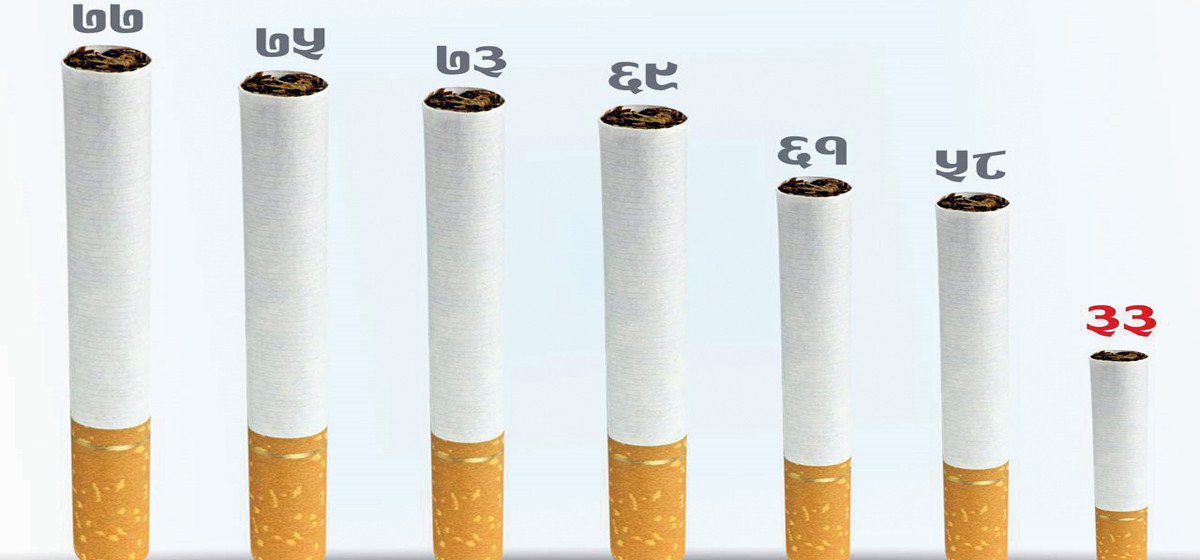

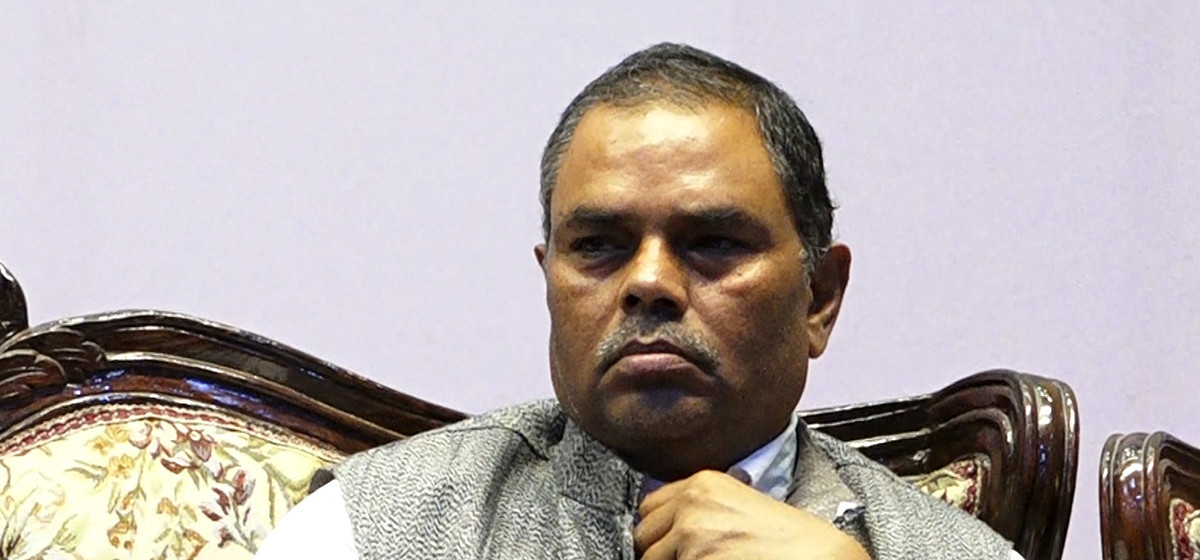

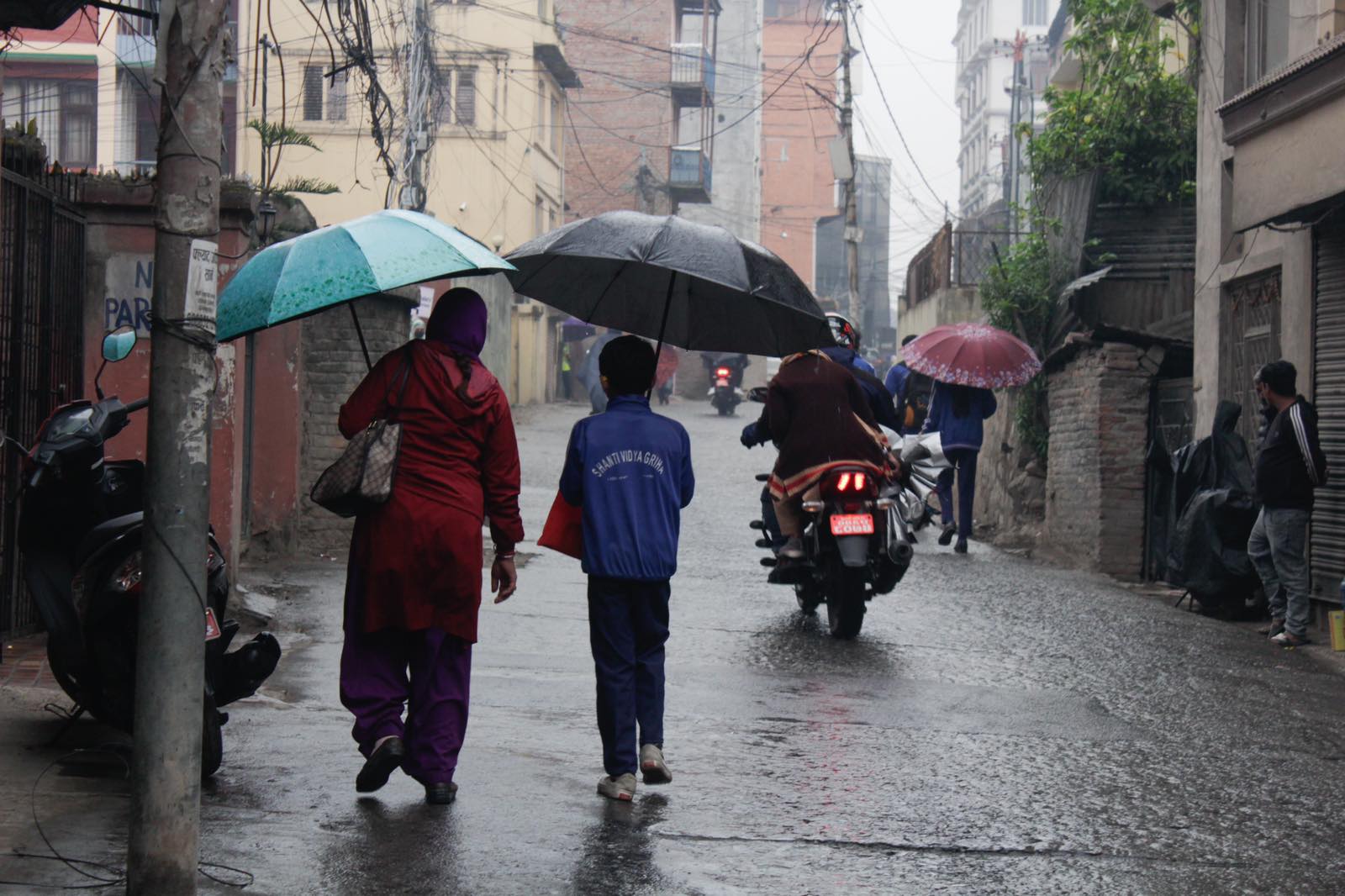

Leave A Comment